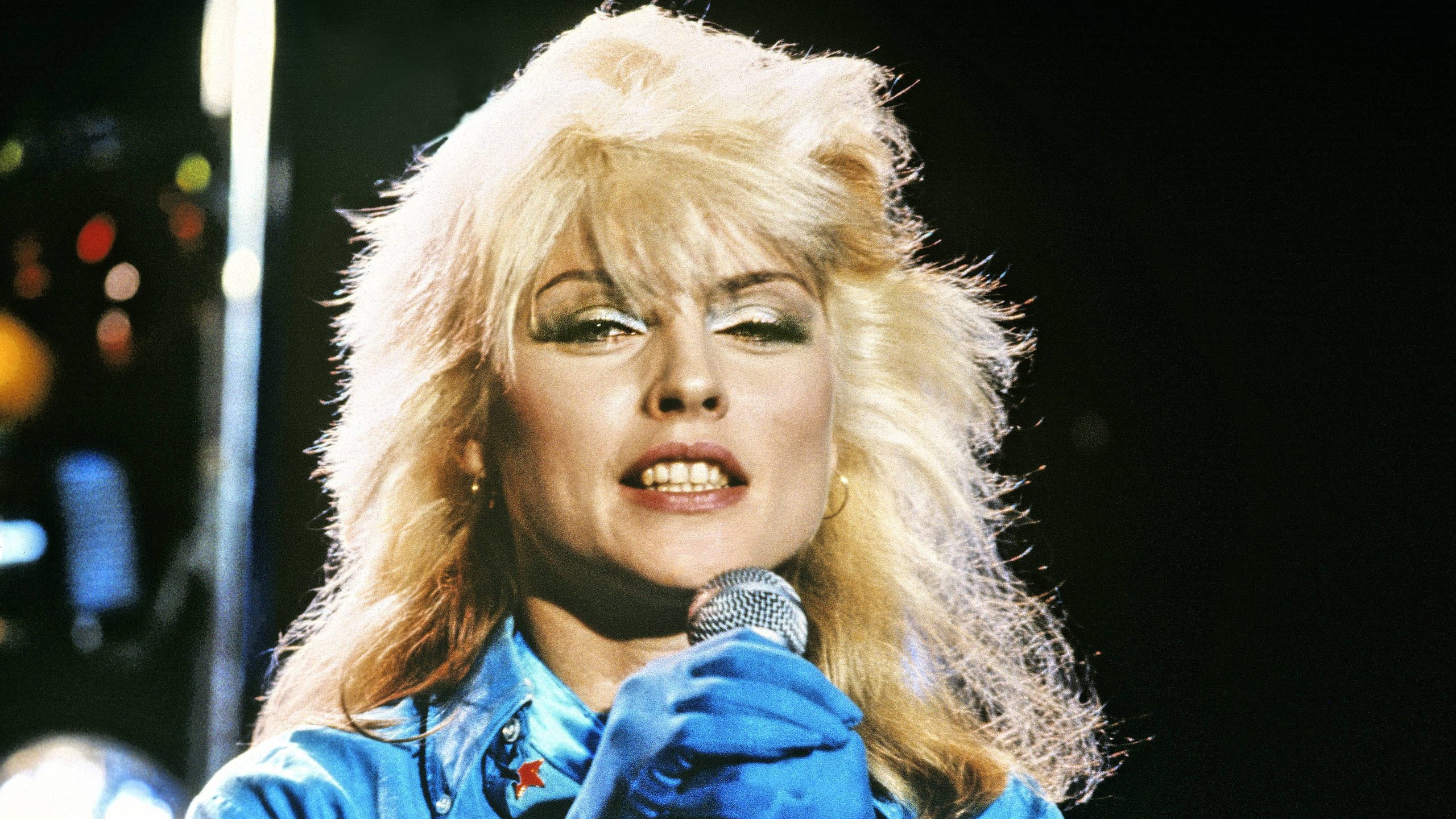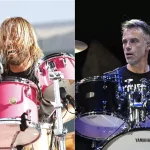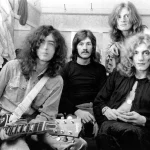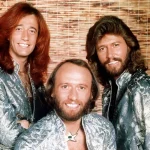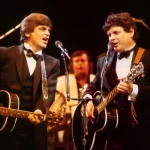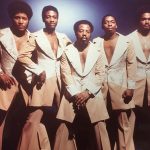Blondie’s “Heart of Glass” (1979): A Cultural Turning Point and Genre-Bending Masterpiece
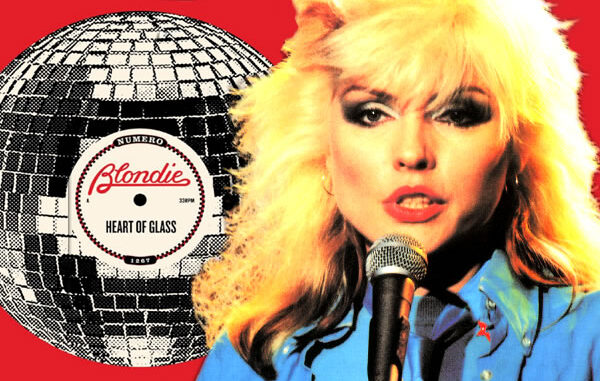
Blondie’s “Heart of Glass,” released in 1979, was far more than just a hit; it was a bona fide cultural turning point that irrevocably altered the landscape of popular music. This track saw the band, already celebrated as pioneers of punk-infused new wave, brilliantly and strategically embrace the emerging disco sound. It was a bold, even audacious, move that paid off immensely, showcasing their incredible versatility and knack for innovation.
The song is a masterclass in blending seemingly disparate genres, creating something fresh and electrifying. Blondie masterfully combined hypnotic synthesizers and driving rhythms that were characteristic of disco, with Debbie Harry’s iconic, cool, and detached vocals that retained the band’s signature new wave edge. This seamless fusion proved their exceptional ability to push boundaries and defy rigid genre constraints. While it might have alienated some punk purists, it captivated a much wider global audience, demonstrating that musical purity could evolve without losing its essence.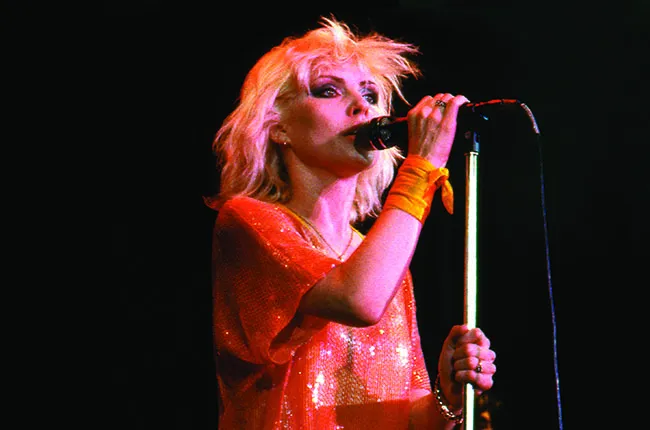
“Heart of Glass” became a massive global success, topping charts worldwide and cementing its place as a timeless classic. Its infectious groove and unforgettable melody transcended the typical lifespan of a pop song, influencing countless artists across various genres for decades to come. More than just a commercial triumph, the song solidified Blondie’s reputation as true innovators and trailblazers who were unafraid to experiment, ultimately redefining what a rock band could sound like in an era of rapidly changing musical tastes. Its enduring popularity is a testament to its forward-thinking production and Debbie Harry’s magnetic star power, making it a definitive track of the late 70s.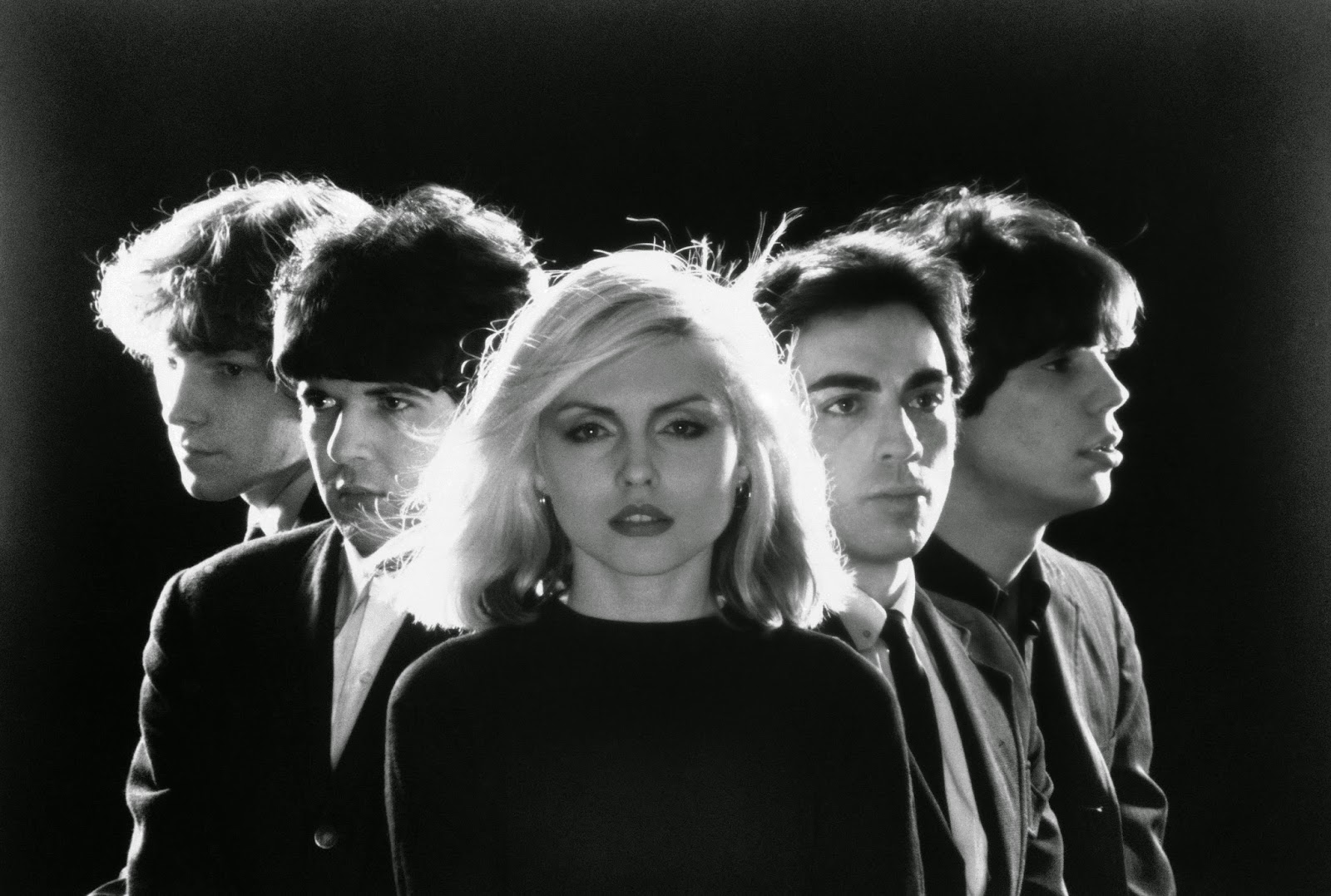
Beyond its musical innovation, “Heart of Glass” also played a significant role in shaping the visual aesthetic of the era. Debbie Harry, with her striking looks and effortless cool, became a style icon, and the song’s music video — with its shimmering disco lights and Harry’s captivating presence — helped define the visual language of MTV’s early years. The track’s pervasive influence extended into fashion, nightlife, and overall pop culture, proving that “Heart of Glass” was not just a sonic experiment but a multifaceted phenomenon that captured the zeitgeist of a vibrant and evolving decade. Its ability to marry commercial appeal with artistic integrity ensures its continued legacy as a landmark achievement in popular music.